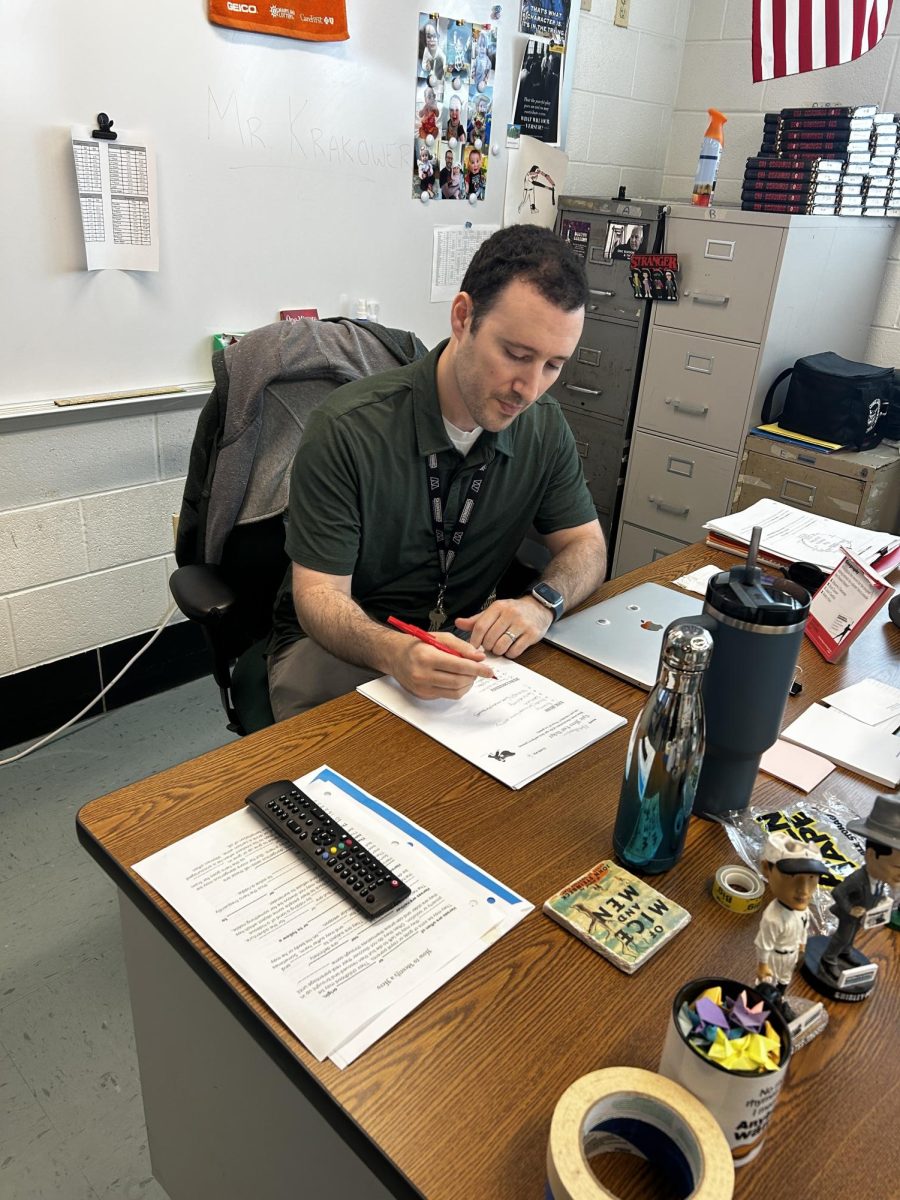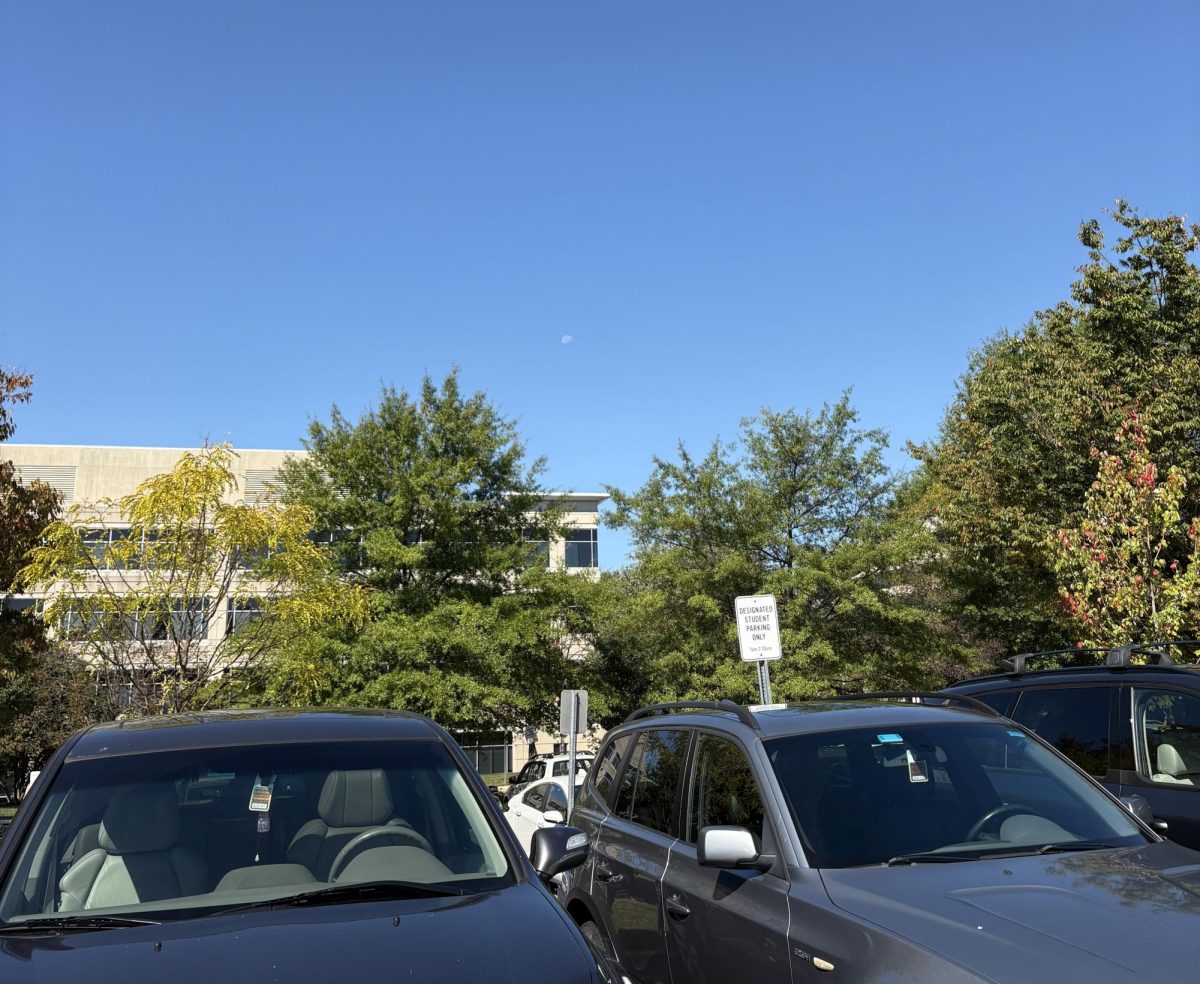One in five teens struggle from mental health disorders. Coming out of a pandemic, this situation has only gotten worse. Over the summer, WJ students were given a break from the stresses of school and social isolation. However, with school back on, all of the pressures of last year have returned – stronger than ever.
The administration’s response to this has been Wildcat Wednesday, a hybrid between regular school and online learning. This hybrid is fundamentally broken and doesn’t achieve what it needs to, a necessary break for stressed out students.
During last year’s disaster of online school, the county instituted a virtual day off on Wednesday to give wary students a break. The intended purpose of this respite was to give us students a chance to catch up on work and generally relax. It achieved the desired effect and was appreciated by students.
Now that we have reentered the building and resumed some semblance of regular school, mental health resources are needed more than ever. The issue is that what Wildcat Wellness gave us last year is absent in the updated version.
Instead of sleeping in, we get dreary 7 a.m. mornings. Instead of ample time to finish homework, we get a packed day of school. Instead of time to ask the teacher’s questions, we get one 45 minute homeroom period. Leaving Wildcat Wellness as a shell of its former-self simply isn’t an option. After the 9 a.m. mornings and flexible deadlines of online school, WJ students deserve a break from the rigors of the new academic norm.
How do we reduce student stress? The administration has two options: going back to online learning or instituting a half-day.
The benefits of a half-day are numerous and plentiful.
Students would have almost three more hours of relaxation, a time to catch up on the stacks of homework awaiting them.
Truly decompressing is almost impossible in a school environment with all the stresses of social and academic life. Sometimes all it takes is a bit of alone time or engaging in a hobby to massively improve mental health.
Equal in gravity is the fact that 70% of teens suffer from sleep deprivation. Studies have shown that suboptimal sleep leads to adverse effects such as depression, anxiety and poor academic performance.
With a half day, a well timed nap could rectify or, to some degree, address these issues. This extra time for self-care would have huge positive effects on students’ mental health, likely improving our performance in the classroom.
Perhaps most importantly is the unavoidable fact that teachers are still going to try to teach. Despite the mandate that new lessons aren’t allowed on Wednesdays, teachers, under the guise of “review day”, continue to pump out lessons with each new class making what is supposed to be relaxation feel like full periods of learning.
The blame shouldn’t only fall on teachers, however. When given 40 minutes, it is only natural that a teacher with an overpacked curriculum is going to try to fit content in. The only option is to handicap this ability with much shorter 20 minute class periods.
Despite all of these potential benefits, the main issue that critics of shorter class periods have is the loss of class time. They argue that with less time on Wednesday the speed of the remaining lessons will be forced to increase, thereby increasing stress. What they fail to account for is the concept of quality over quantity. If each student’s individual school experience is improved, the ability to retain new content and participate in class will improve as well.
Wednesday was once a beautiful oasis in the desert of online school. Now that we’ve returned to the building, the sanctuary provided by hump day is more necessary than ever. I hope the administration will consider not only academics but also student health when evaluating what will be best for students this school year.









